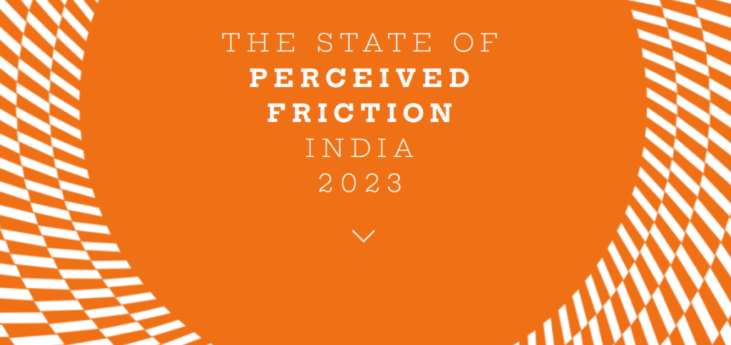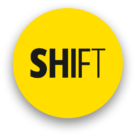Perception vs Reality
⚡New to the SHIFT?
This is a peek behind the curtain on applying behaviour science to work, personal life, and everything in between.
Join 3,500+ leaders who use science to shift behaviours.
Seeing is believing. But is what you see always true? We think of ourselves as rational individuals. Our energy levels, feelings, social identities, emotions, and more affect what we perceive. As it turns out, perceiving is believing.
Sometimes our perception makes things seem difficult. In reality, these perceived difficulties are in our own minds. These perceptions subconsciously influence our decisions and abilities. Whether it be what to shop, how to invest, or learning a new skill.
🌟In this issue of the SHIFT, we explore:
5 ways perception influences reality.
🎵RHYME: Do you believe “an apple a day keeps the doctor away”? We tend to believe statements that rhyme, we consider them to be true. This phenomenon is based on our natural tendency to find patterns in language. This can lead us to believe something without evaluating the evidence. Because it seems true, it must be.
🌊EASE: We believe things that are easy to read are easy to do. When instructions or processes are presented in a way that is easy to understand and follow, they are more likely to be acted upon. If you are assembling furniture that came with a complex manual, you’ll be more likely to give up. This is because we are more likely to do something if it is presented in a way that is accessible and easy.
⏳TIME: The more time we feel something will take, the more difficult it will be. To human brains, more time means more effort. If we think a process will take 30 minutes, we’ll assume it is difficult. If we think it’ll take 3 minutes, we’ll assume it’s simple. This is why Amazon’s one-click ordering is such a hit.
🎭EXPERIENCE: In an experiment, babies were lowered onto a platform with a fake cliff. Crawling babies burst into tears with fear. But non-crawlers did not perceive it as scary, because they had not yet been exposed to cliffs. Even though the cliff was not real, the babies were afraid. Just like the crawling babies, when exposed to what seems like a barrier, we anticipate effort and pain.
📲CHUNKING: Consider a time when you were creating a new account on a website, and there was no indication of how much more information you needed to fill out. There was no indication of when the account would be created, or even where you were on the site. With chunking and progress indications, even a difficult task can feel easy. In the same way, you know how many levels you need to complete to win a video game. But without it, even the simplest task appears difficult.
P.S: Communication and messaging are a major source of Perceived Friction! We’re deep diving into this friction in our upcoming study: The State of Perceived Friction 2023.
We’d like to invite you to help us uncover valuable insights into the perceived friction, challenges and opportunities in communication. 📲💬
As Indian brands continue to grow, communication matters even more. Your valuable input can guide brands in crafting more effective and engaging messaging, ultimately enhancing customer experiences. 🎯
For organisations: participate to gain insights on the effectiveness of your communication on sales, retention, and conversion.
For individuals: Tell us about your experiences with communication from brands in India.
Find out more about the study here:


